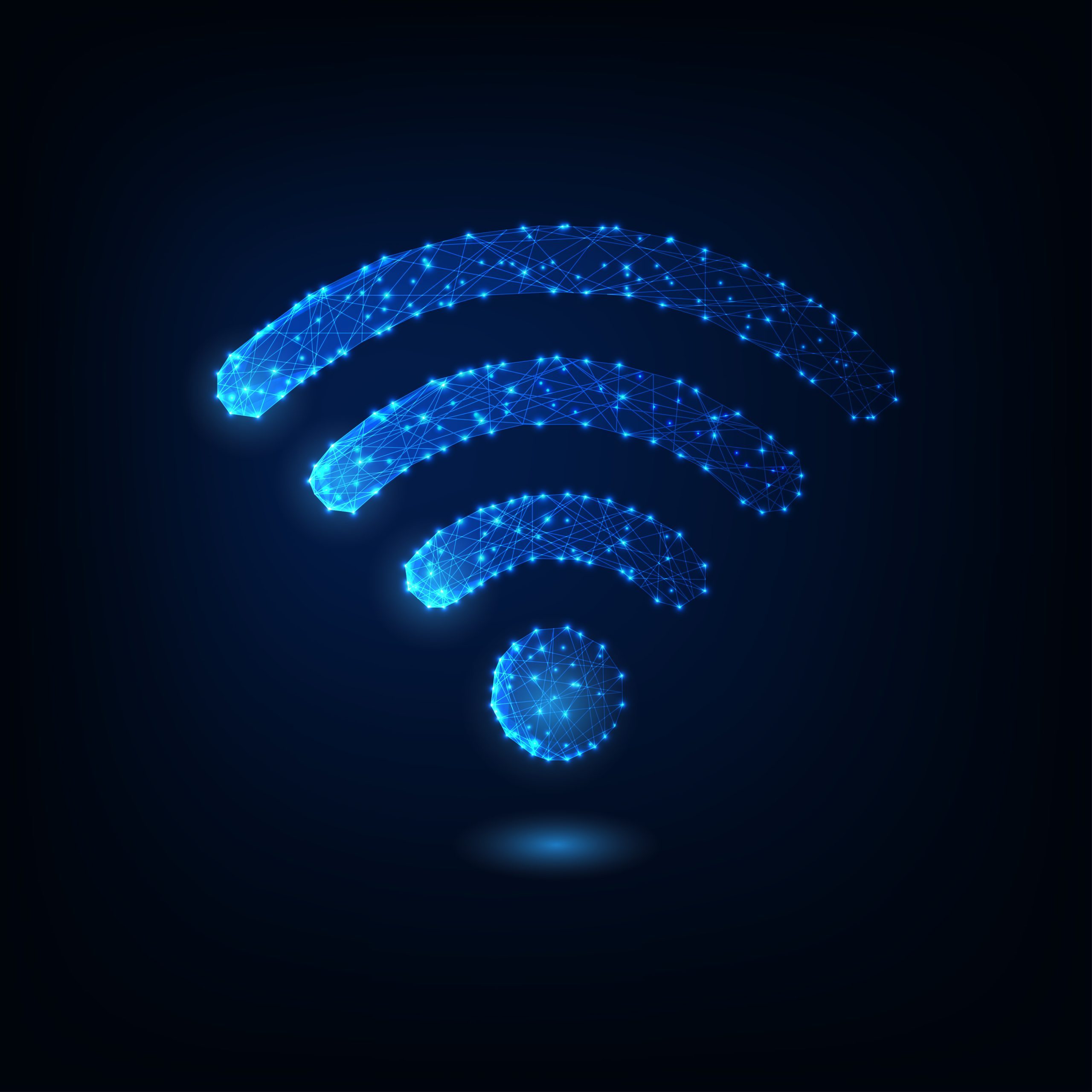If you encounter the error message “Wi Fi does not have an IP configuration” while trying to resolve your Internet connection, it indicates that there is a problem with the IP address assigned to your device. This problem could potentially affect your ability to connect to the Internet. Although Windows detects the problem it does not provide a solution. It is recommended not to depend on Windows. Instead, find your own alternative solution.
Causes of Wi-Fi not having a valid IP configuration error
There are reasons why this problem may occur, including:
- Updates that have been applied to your Windows operating system.
- Connectivity problems with the network you are currently connected to.
- settings in your network configuration.
- Hardware malfunction that could be affecting your system.
- Problems with the network provided by your Internet service provider.
Let me know if any of these suggestions were helpful in solving the problem.
How to fix Wi-Fi does not have a valid IP configuration?
As noted above, this error could have occurred for reasons that imply that there are workarounds available. You have the opportunity to experiment with alternatives and determine which one effectively aligns with your needs.
Solution 1: Release and renew your IP address
Perhaps this is all that needs to be done to solve the problem. It should not be too difficult to put into practice. To solve this issue, could you follow these steps?
Start by opening the Run box. You can do this by pressing the Windows key + R on your keyboard. Once the Run box opens, type “cmd” and press Enter. This will start the command prompt with administrative privileges.
2. Then open a command prompt, as an administrator. Enter the command; “Ipconfig Shutdown”. Press Enter to execute the command.
3. After executing the command “ipconfig /renew”, press Enter.
4. Finally, restart your computer to see if the problem is resolved.
Solution 2: Reset TCP/IP
Here are the steps you can take to solve this problem;
Start by opening the Run box. To do this, press the Windows key + R on your keyboard. Then type “cmd”. Press Enter. This will open the command prompt, with administrative privileges.
2. Now run the command prompt as administrator. Right click on it. Choose “Run as administrator”. Then enter the command; netsh int ip reset
3. After entering the command, simply press Enter.
4. Finally, restart your computer to check if the problem has been resolved.
These steps should help you solve the problem you are facing.
Solution 3: Uninstall/update network adapter drivers
Sometimes this problem may be associated with a network driver or an older version of the network driver. You have two options; Remove the network driver. Update it. Follow these steps;
Open the “Run” dialog box. Enter “Device Manager” when prompted.
2. Once the Device Manager window appears, click “Network Adapters” in the list.
3. Right click on the adapter. Decide whether you want to delete it or update it.
4. Do not forget to restart your computer for the changes to take effect. Then check if the problem persists.
Solution 4: Manual IP address configuration
When you connect your device to the Internet, it will automatically receive an IP address through a process called Dynamic Host Control Protocol (DHCP). However, if DHCP cannot assign an IP address, you may need to configure it. This solution has effectively solved the “Wi Fi does not have an IP configuration” warning signal problem for users. Despite its apparent complexity, it is actually a solution. To solve this problem, you can use the IP Parameter tool. Enter your IP address manually.
Here is a step-by-step guide on how to change your IP address;
To access Network Connections you have two options; right click on the Start menu and select the option or press the Windows key and the letter I simultaneously.
Locate the button that says “Change adapter selections” and click on it to continue.
3. In the network list you will find both Ethernet options available.
4. If you right click on a network, you will see its options for inspection.
5. If you wish to use Internet Protocol version 4 (TCP/IPv4), simply select it. Then click on “Properties” if necessary.
6. Fill in the required information in the boxes designated in “Use IP address” and “Use the following DNS server addresses”.
- IP Address: 192.168.1.145
- Subnet Mask: 255.255.255.0
- Standard gateway: 192.168.1.1
- Foretrukket DNS Server: 8.8.8.8.8
- Alternate DNS server: 8.8.8.4
Solution 5: Uninstall your antivirus software
I heard from one person who said he managed to solve the problem by disabling or uninstalling his antivirus software. If you are able to reconnect to the Internet after removing or disabling your antivirus program, it may be worth considering an antivirus solution that does not cause this problem.
